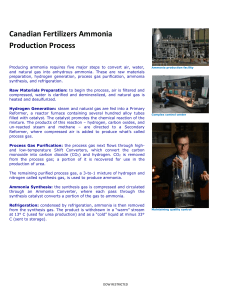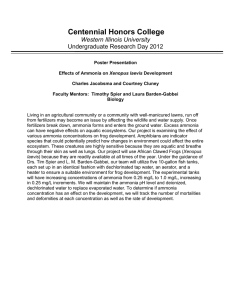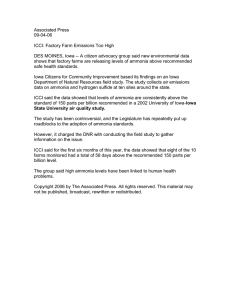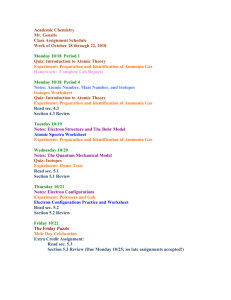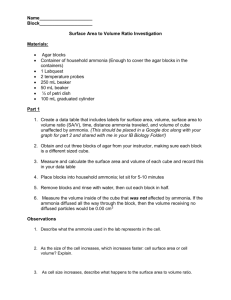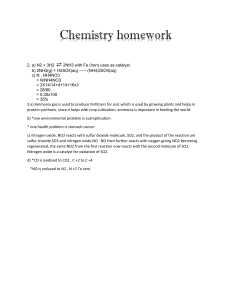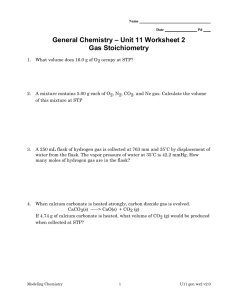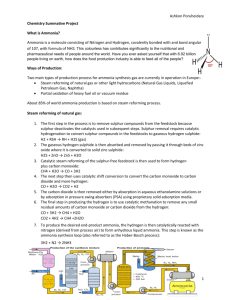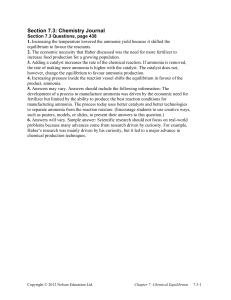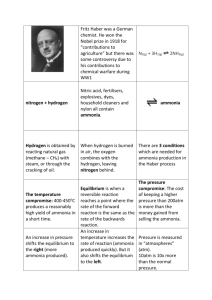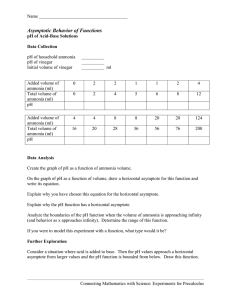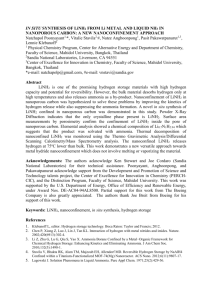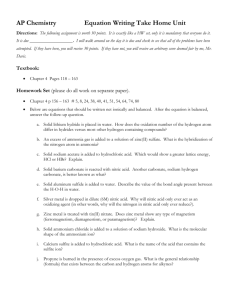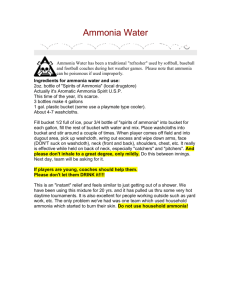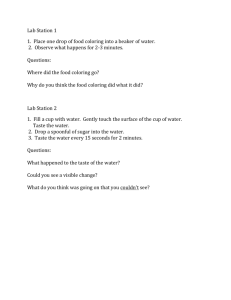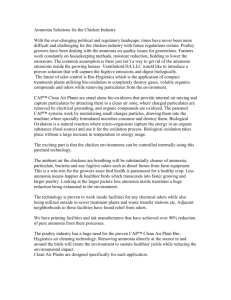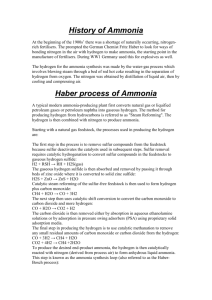C3(a)-(d) 6 Mark Questions
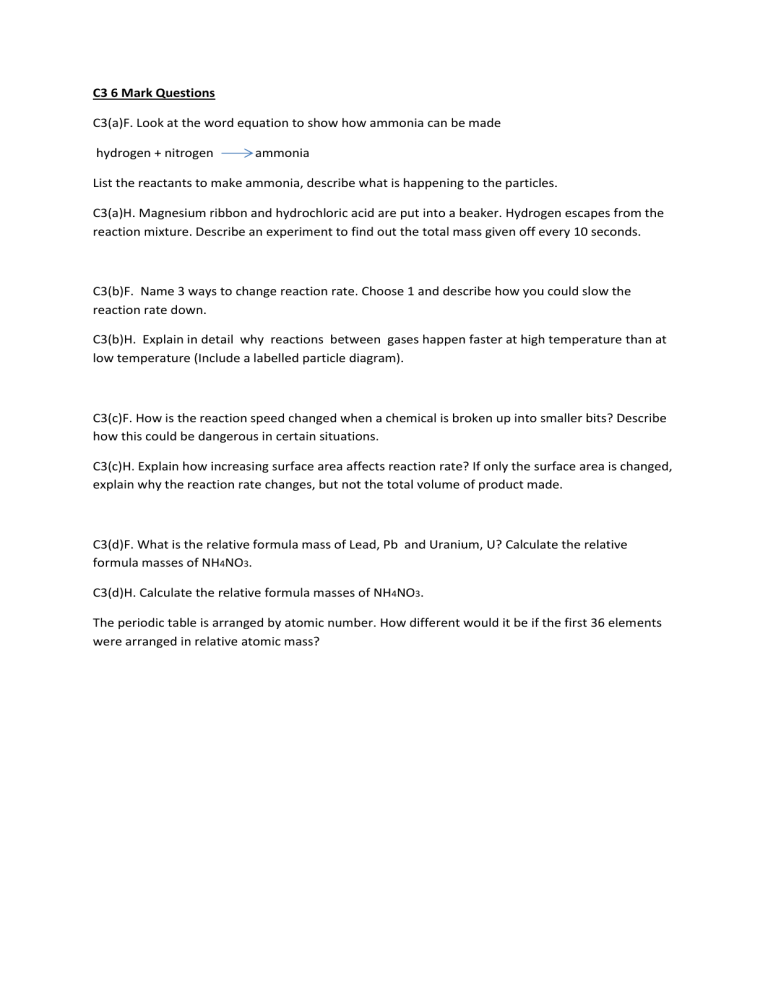
C3 6 Mark Questions
C3(a)F. Look at the word equation to show how ammonia can be made
hydrogen + nitrogen ammonia
List the reactants to make ammonia, describe what is happening to the particles.
C3(a)H. Magnesium ribbon and hydrochloric acid are put into a beaker. Hydrogen escapes from the reaction mixture. Describe an experiment to find out the total mass given off every 10 seconds.
C3(b)F. Name 3 ways to change reaction rate. Choose 1 and describe how you could slow the reaction rate down.
C3(b)H. Explain in detail why reactions between gases happen faster at high temperature than at low temperature (Include a labelled particle diagram).
C3(c)F. How is the reaction speed changed when a chemical is broken up into smaller bits? Describe how this could be dangerous in certain situations.
C3(c)H. Explain how increasing surface area affects reaction rate? If only the surface area is changed, explain why the reaction rate changes, but not the total volume of product made.
C3(d)F. What is the relative formula mass of Lead, Pb and Uranium, U? Calculate the relative formula masses of NH
4
NO
3
.
C3(d)H. Calculate the relative formula masses of NH
4
NO
3
.
The periodic table is arranged by atomic number. How different would it be if the first 36 elements were arranged in relative atomic mass?



